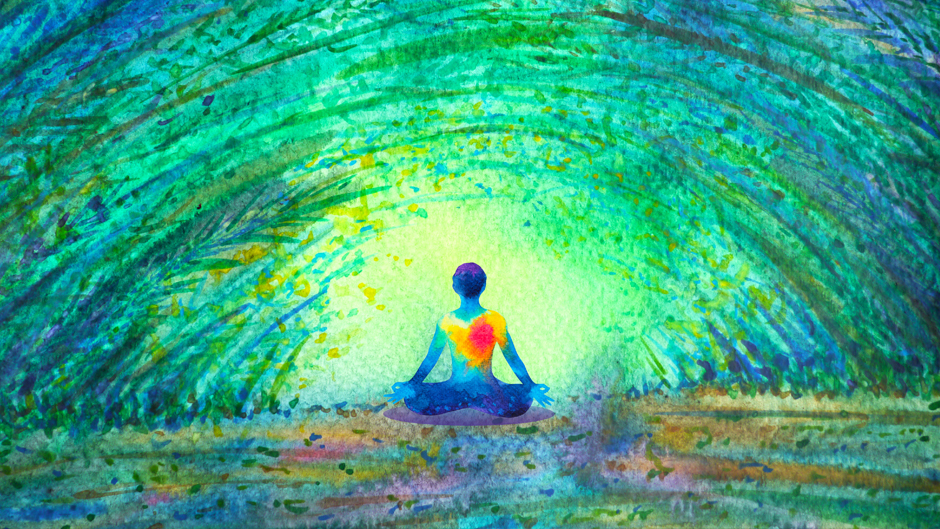That’s what happened when Digital Science CEO Dr Daniel Hook undertook a simple test with AI art and asked for “A single banana casting a shadow on a grey background”. Instead, the AI responded with two bananas, every time.
He continued the experiment over a period of weeks, with the AI failing right until the final prompt.
Dr Hook has published the findings of his AI art experiment on Digital Science’s TL;DR blog site – in a piece called “The Lone Banana Problem”.
His post corresponds with Digital Science’s new #MindTheTrustGap campaign, launched today. #MindTheTrustGap is aimed at raising awareness of global issues of trust and integrity in science, innovation and research.
Dr Hook has a strong interest in the development of AI technologies, with Digital Science itself employing AI tech in many of its products, such as Dimensions and Writefull.
AI Art Goes Bananas
Using an AI art generating app called Midjourney, Dr Hook originally asked for “A single banana casting a shadow on a grey background” but the resulting art – generated in four initial outputs – all showed two bananas, not one.
“I asked for a single solitary banana, on its own, but none of the variants I received contained just one banana,” Dr Hook says.
Thinking he must have made an error, Dr Hook tried different prompts, such as: “a perfect ripe banana on a pure grey background casting a light shadow, hyperrealistic”, or “a single perfect ripe banana alone on a pure grey background casting a light shadow, hyperrealistic photographic”, and “ONE perfect banana alone on a uniform light grey surface, shot from above, hyperrealistic photographic”. All yielded two or more bananas.
From Multiple Bananas to ‘Invisible’ Monkeys
Trying a different approach, Dr Hook then asked the AI app to generate “An invisible monkey with a single banana”. The results all yielded very visible monkeys holding two or more bananas.
“Every image I asked Midjourney to produce contained two (or more) bananas seemingly no matter how I asked. The results were the same with aliens holding bananas and other animals. Slightly bizarrely, several of the monkeys ended up wearing bananas or being banana-coloured,” Dr Hook says.
Dr Hook eventually achieved some success with the prompt “A single banana on its own casting a shadow on a grey background”. Of the four images generated by Midjourney, three of them finally were of a single banana, but another output still contained two bananas.
Why the AI’s Mistake Makes a Difference
Dr Hook says the Lone Banana Problem highlights that “even though this technology is developing rapidly and that the output is impressive, there are still gaps and, while they are not always immediately notable, they are not small”.
“AIs at their current level of development don’t perceive objects in the way that we do – they understand commonly occurring patterns. Their reality is fundamentally different to ours – it is not born in the physical world but in a logical world. Certainly, as successive generations of AI develop, it is easy for us to have interactions with them that suggest that they do understand… And yet, without a sense of the physical world, an AI has a problem with the concept of a single banana.”
He says knowing that AIs don’t understand the real world or people in the way we think they do is “an important step in taking responsibility for developing on top of these technologies when creating new tools”.
“At Digital Science, we believe we have a responsibility to ensure that the technologies we release are well tested and well understood. The use cases where we deploy AI have to be appropriate for the level at which we know the AI can perform and any functionality needs to come with a ‘health warning’ so that people know what they need to look for – when they can trust an AI and when they shouldn’t,” Dr Hook says.
Read the full post on Digital Science’s TL;DR blog site: “The Lone Banana Problem”.
#MindTheTrustGap
About Digital Science
Digital Science is a technology company working to make research more efficient. We invest in, nurture and support innovative businesses and technologies that make all parts of the research process more open and effective. Our portfolio includes admired brands including Altmetric, Dimensions, Figshare, ReadCube, Symplectic, IFI CLAIMS Patent Services, Overleaf, Ripeta, Writefull, OntoChem, Scismic and metaphacts. We believe that together, we can help researchers make a difference. Visit www.digital-science.com and follow @digitalsci on Twitter or on LinkedIn.
Media contacts
Simon Linacre, Head of Content, Brand & Press, Digital Science: Mobile: +44 7484 381477, [email protected]
David Ellis, Press, PR & Social Manager, Digital Science, Mobile +61 447 783 023: [email protected]


